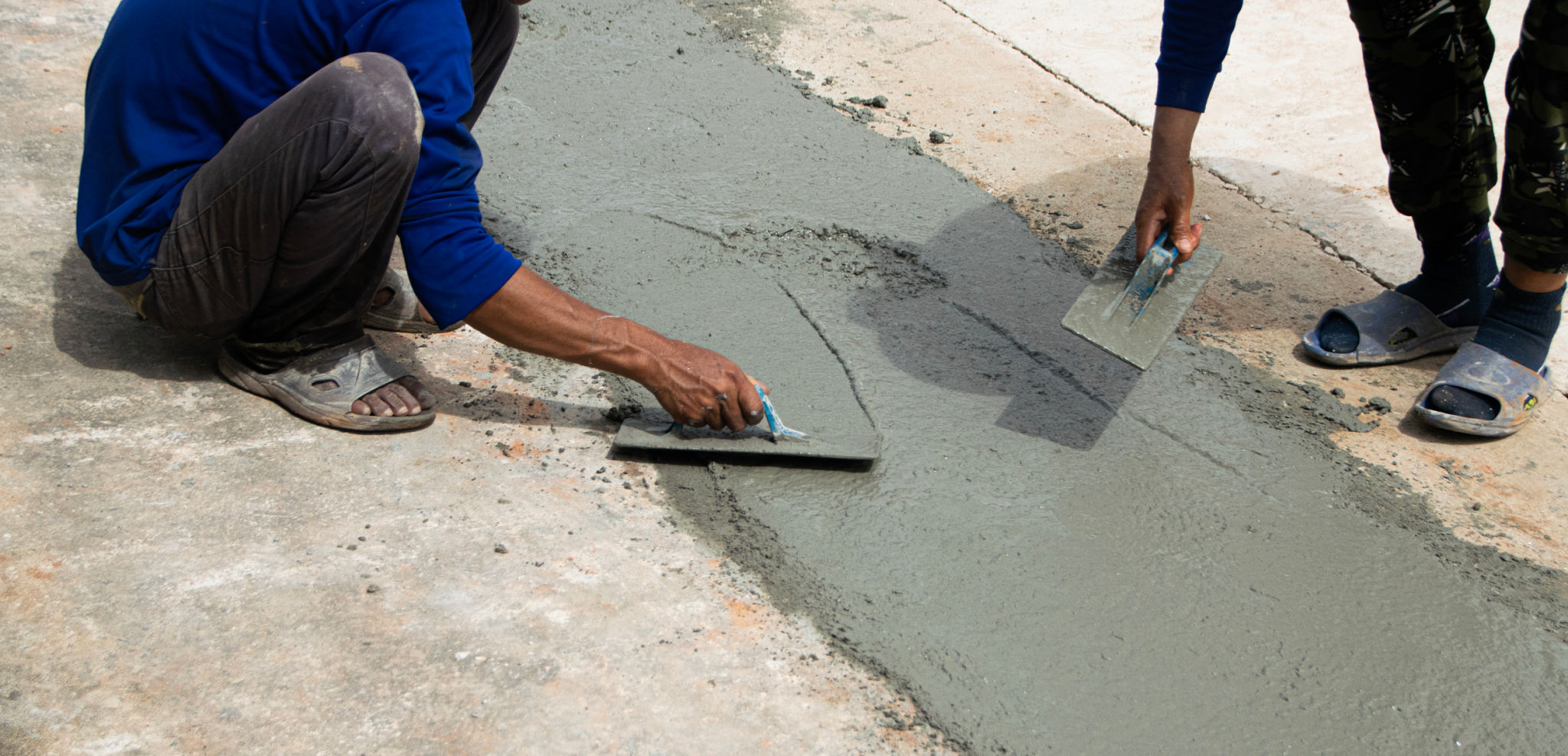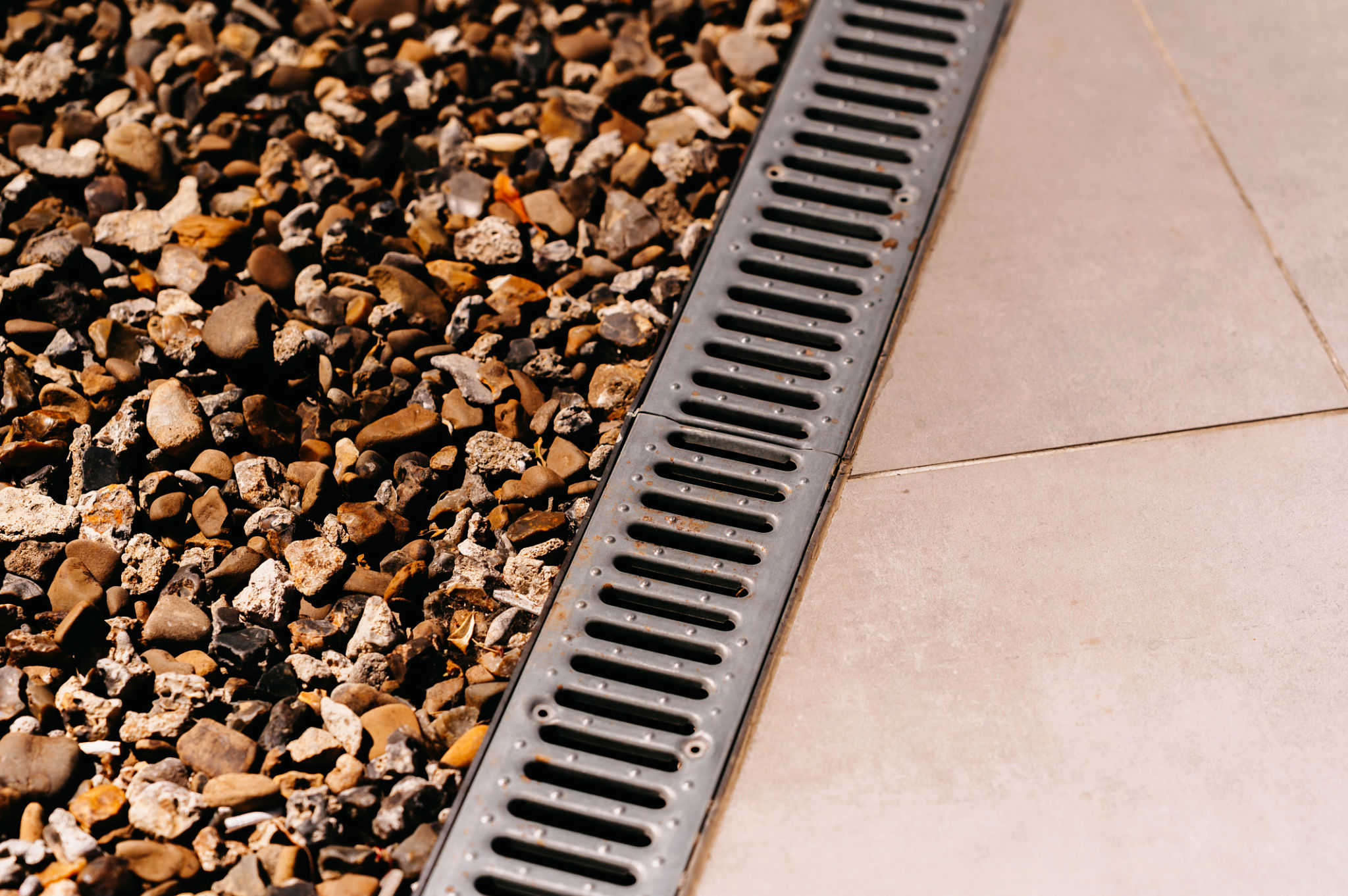Preparing Your Property for Winter: Essential Concrete Maintenance Tips
Inspect and Repair Cracks
As winter approaches, it's crucial to inspect your concrete surfaces for any cracks or damage. Cracks can worsen over time, especially when exposed to freezing temperatures and moisture. Begin by closely examining driveways, walkways, and patios for any signs of wear. Addressing minor cracks now can prevent them from becoming larger issues that are costlier to repair.
For minor cracks, use a concrete patching compound to fill them in. This will help prevent water from seeping in and causing further damage as it freezes and expands. For larger cracks, it might be necessary to consult with a professional to ensure the proper repair techniques are used.

Seal Your Concrete
One of the most effective ways to protect your concrete surfaces during winter is by applying a high-quality sealant. Sealing your concrete helps create a barrier against moisture and de-icing salts that can cause significant damage. Choose a sealant that is specifically designed for winter protection to ensure optimal performance.
Before applying the sealant, make sure the concrete surface is clean and dry. Follow the manufacturer's instructions for the best results. Typically, it's recommended to apply sealant every two to three years for maximum protection.

Ensure Proper Drainage
Proper drainage is essential in preventing water accumulation on your concrete surfaces, which can lead to ice formation and increased stress on the material. Check that your gutters and downspouts are functioning correctly and directing water away from your concrete areas.
If you notice pooling water, consider regrading the landscape to improve drainage or installing additional drainage solutions like French drains. Keeping water away from your concrete will significantly reduce the risk of damage during freezing temperatures.

Use De-Icing Agents Wisely
While de-icing agents are helpful in keeping surfaces free of ice, they can also be harmful to your concrete if not used correctly. Opt for de-icers that are labeled as safe for concrete, such as calcium magnesium acetate or potassium chloride, which are less corrosive than traditional salts.
Avoid using de-icers on newly poured or cured concrete, as they can cause surface damage. Instead, use sand for traction in these areas. Always follow the manufacturer's instructions regarding the application rates and methods of any de-icing products.
Regular Maintenance Throughout Winter
Once winter sets in, continue to maintain your concrete surfaces by regularly removing snow and ice. Use a plastic shovel instead of a metal one to avoid scratching or chipping the surface. Consider investing in a snow blower for larger areas.
Keep an eye on your concrete's condition throughout the season, addressing any new cracks or issues as they arise. Regular maintenance will ensure that your property remains safe and in good condition until spring arrives.

Conclusion
Preparing your property’s concrete for winter is an essential step in protecting it from the harsh effects of cold weather. By inspecting for cracks, sealing surfaces, ensuring proper drainage, and using de-icing agents wisely, you can significantly extend the lifespan of your concrete structures. Remember, regular maintenance during the winter months will help you avoid costly repairs in the future.
